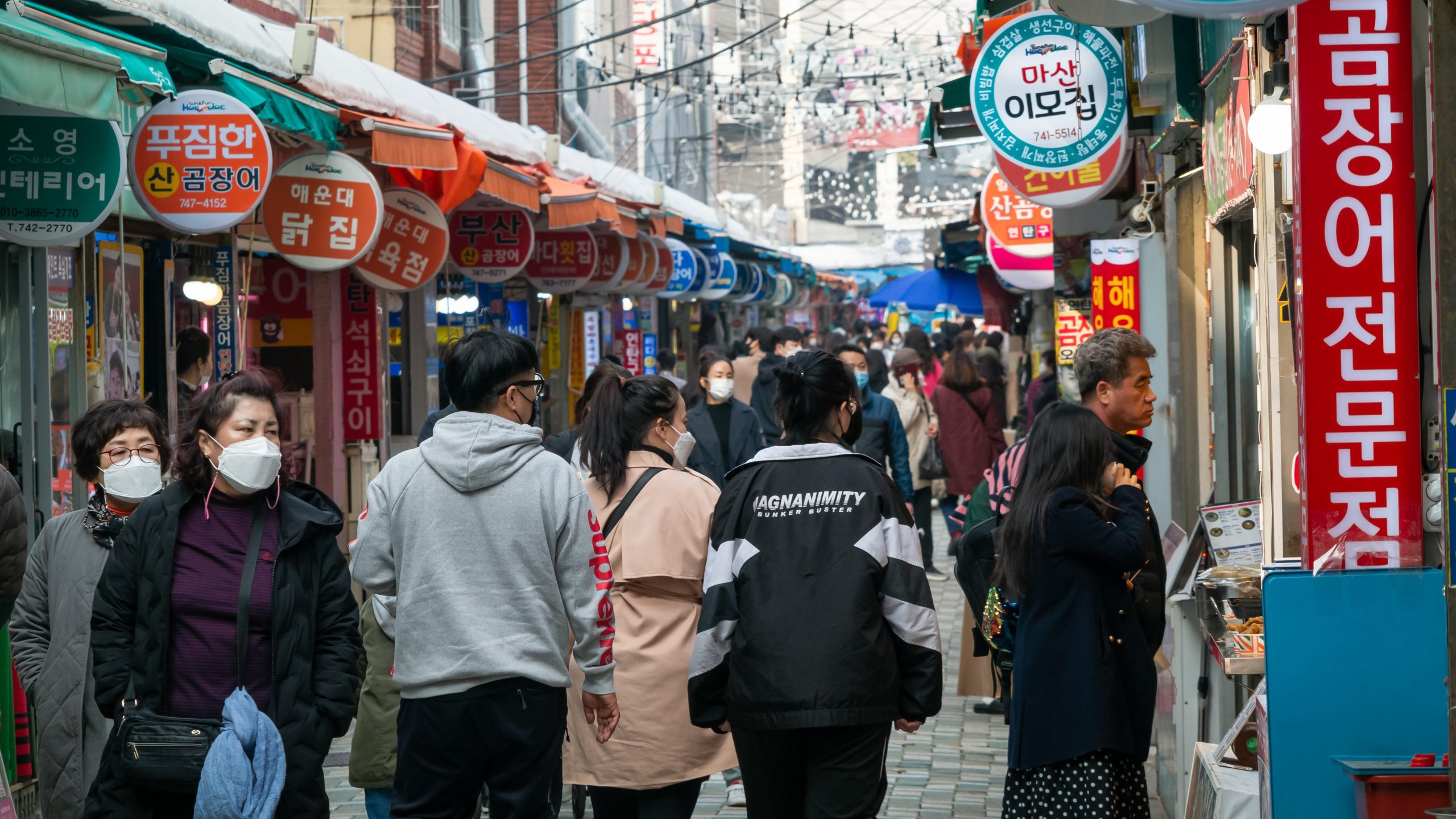
Also available in Korean (provided by the Ministry of Economy and Finance of Korea)
SINGAPORE, August 23, 2021 – The Korean economy continues its strong rebound in 2021 led by a strong global recovery and robust demand for electronics, autos and other manufactured products. This is according to the 2021 Annual Consultation Report on Korea published today by the ASEAN+3 Macroeconomic Research Office (AMRO). The report was prepared based on AMRO’s virtual Annual Consultation Visit to Korea in the first quarter of 2021, and data and information available up to July 5, 2021.
Outlook
The Korean economy has been on a recovery path after a sharp contraction in the second quarter of 2020. Growth is expected to rebound from -0.9 percent last year to 3.9 percent in 2021 and 3.0 percent in 2022, on the back of a solid recovery in exports and domestic investment.
In contrast, high household debt and uncertain employment prospects would be a drag on private consumption. The uneven recovery between manufacturing and services will continue due to high risks surrounding close contact services. The labor market has improved, although social-distancing measures and cross-border travel restrictions continue to dampen employment, especially in the services sector. On the positive side, the adverse impact on labor market and small firms would diminish, if the government ramps up its vaccination plan successfully.
Policy response and recommendations
A well-targeted containment strategy supported by large economic stimulus packages has helped to keep the infection rate under control and mitigate the adverse economic impacts of the pandemic. The large comprehensive package of fiscal, monetary and financial regulatory measures has helped support the economy when social-distancing measures were tightened. Emergency support measures to hard-hit industries and small entrepreneurs have curbed business bankruptcies and mitigated job losses.
Looking ahead, uncertainties around the COVID-19 pandemic containment, the US-China trade conflict, and household indebtedness could undermine Korea’s growth momentum. Therefore, expansionary fiscal policy and accommodative monetary policy should be maintained to ensure that the recovery remains on track, while rising financial imbalances warrant close monitoring.
Although recovery is gaining traction, Korea’s low-income earners continue to face income and employment instability, while small businesses grapple with uncertain business prospects. Fiscal support measures should target the vulnerable groups affected by the pandemic to achieve stronger and more inclusive economic growth. Crisis-support measures should gradually be shifted to recovery-support measures as economic recovery continues to gain traction. In the medium term, normalization of the crisis-driven expansionary fiscal stance should be considered to ensure medium term fiscal sustainability.
The current monetary policy stance is sufficiently accommodative to support ongoing economic recovery. The negative output gap is expected to narrow in 2021 while inflation has risen past the Bank of Korea’s target of 2 percent since April 2021. Meanwhile, in light of the lingering pandemic and economic uncertainties, credit support measures targeted at vulnerable businesses should continue.
On the financial stability front, stringent macro-prudential measures remain necessary as financial imbalances have been manifested in the form of a build-up of household debt and a surge in asset prices. In light of economic uncertainties, the authorities should continue to closely monitor the loan quality and lending standards of financial institutions. The extension of maturity and repayment deferrals, while providing temporary relief to liquidity-constrained businesses, should be reviewed regularly and phased out when appropriate.
The government’s continuing efforts to achieve more inclusive growth and strengthen growth potential are welcome. The Korea New Deal initiative to support a green and digitalized economy, nurture new growth engines and expand the social safety net is a strategic and timely plan for the post-pandemic period. However, structural reforms in the services sector and the labor market should be stepped up in order to enhance the productivity and competitiveness of small enterprises and low-skilled labor.
–
About AMRO
The ASEAN+3 Macroeconomic Research Office (AMRO) is an international organization established to contribute towards securing macroeconomic and financial stability of the ASEAN+3 region, comprising 10 members of the Association of Southeast Asian Nations (ASEAN) and China; Hong Kong, China; Japan; and Korea. AMRO’s mandate is to conduct macroeconomic surveillance, support the implementation of the regional financial arrangement, the Chiang Mai Initiative Multilateralisation (CMIM), and provide technical assistance to the members.
About AMRO’s Annual Consultation Report
The Annual Consultation Report was prepared in fulfillment of AMRO’s mandate. AMRO is committed to monitoring, analyzing and reporting to its members on their macroeconomic status and financial soundness. It also helps identify relevant risks and vulnerabilities, and assists members, if requested, in the timely formulation of policy recommendations to mitigate such risks.
